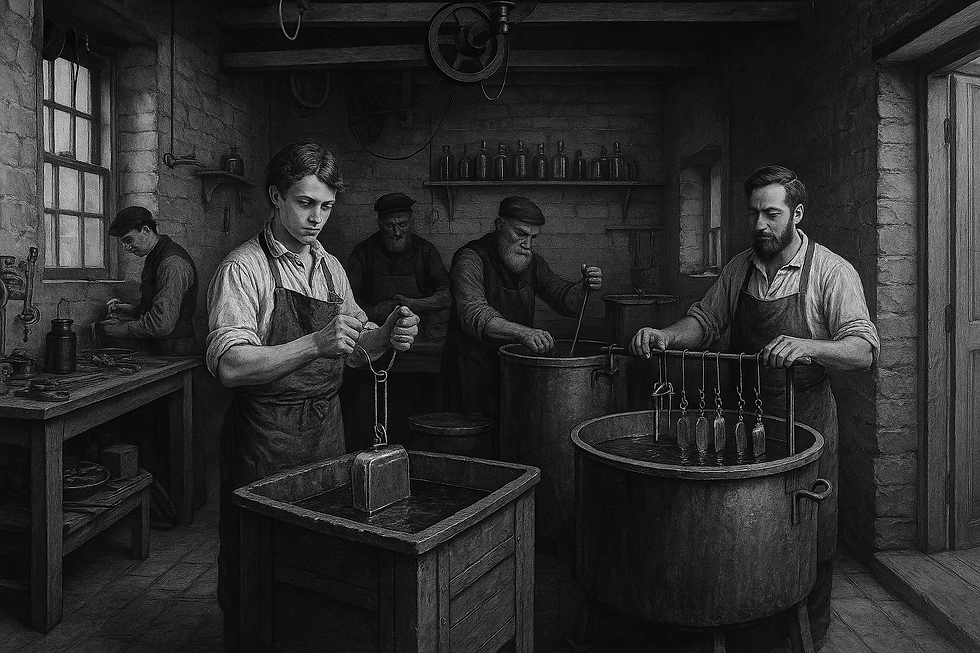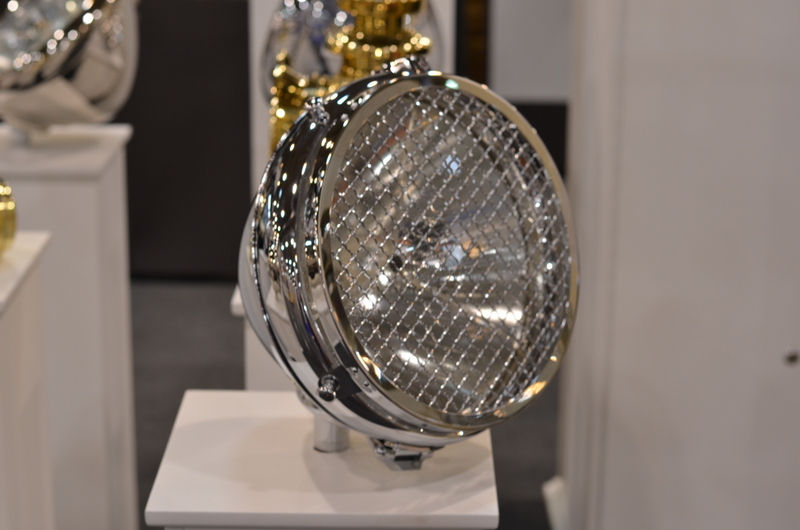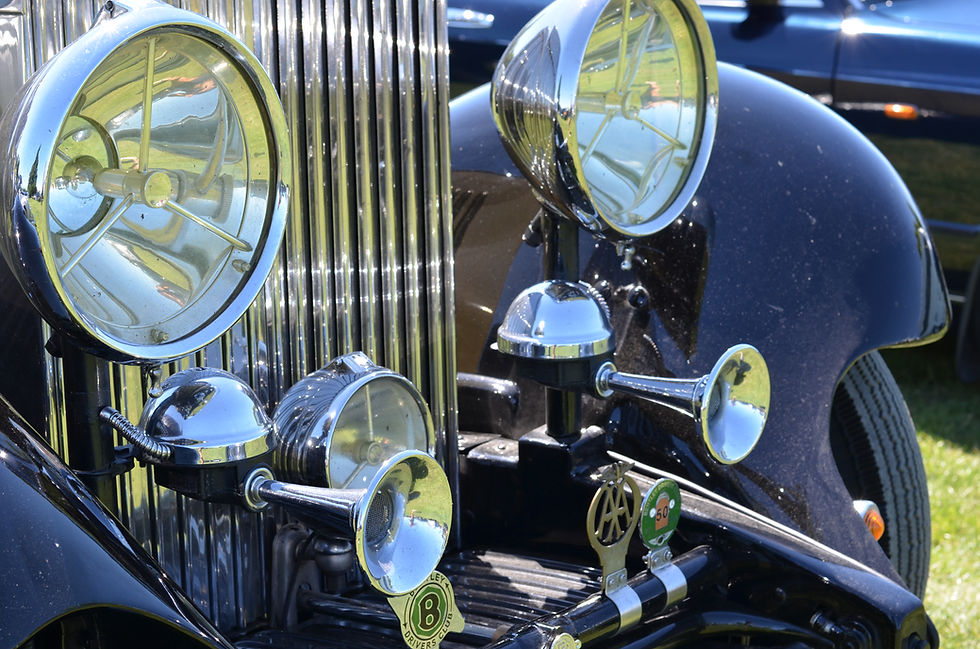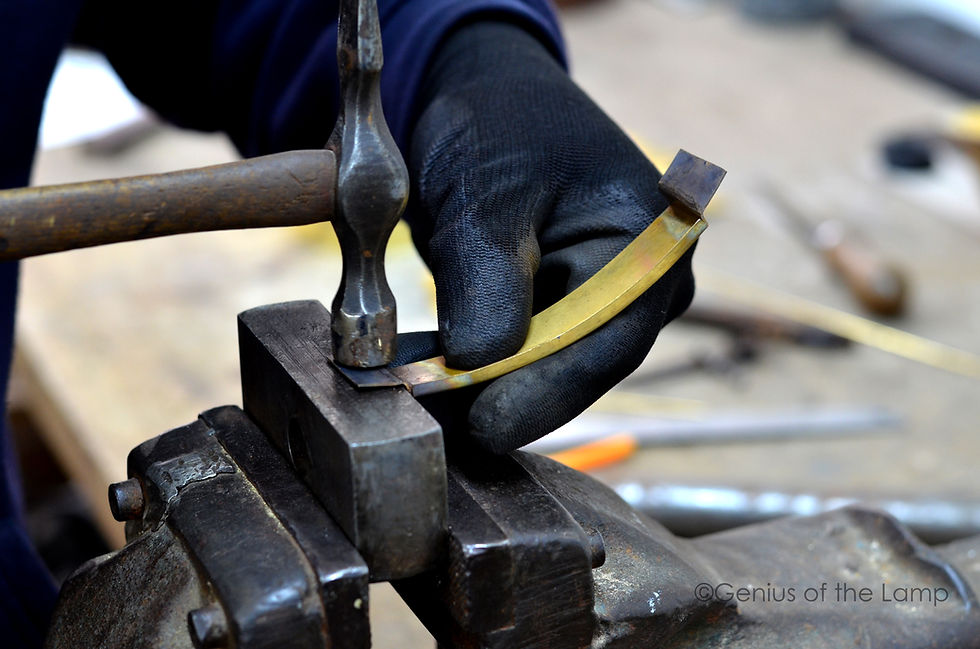The Origins of Electroplating: From 19th-Century Invention to 20th-Century Design
- Joe Vella
- 7 minutes ago
- 2 min read
Long before electroplating was used to finish classic car bumpers and stair rails, it began as a bold scientific breakthrough — one that would go on to shape industries, aesthetics, and even the city of Birmingham.
This is the story of how electroplating was born, how it became a symbol of progress and luxury, and how its legacy still lives on in every part we restore at Concours Plating.

1805–1830s: The Science Emerges
The first steps toward electroplating came from early discoveries in electrochemistry:
In 1805, English chemist William Nicholson demonstrated how electricity could split water into hydrogen and oxygen — opening doors to chemical control via electric current.
By the 1820s, scientists began experimenting with depositing metals (like silver and copper) onto objects using batteries and metal salts.
These were lab experiments — not yet industry. But everything was about to change.
1838: The Birth of Commercial Electroplating in Birmingham
In 1838, Birmingham silversmith George Elkington — in partnership with cousin Henry — filed the first British patent for electroplating.
Location: Elkington & Co., Birmingham🧪 First applications: Silver plating onto cutlery, candlesticks, and religious items
With this innovation, objects once reserved for the wealthy could now be mass-produced in silver, nickel, or gold, bringing beauty and shine to homes across Britain and beyond.
Birmingham quickly became the epicentre of global electroplating — with the Jewellery Quarter leading the way in craft and innovation.

1850–1900: The Victorian Electroplated World
During the Victorian era, electroplating exploded in popularity.
Churches featured silver-plated chalices and fittings
Homes boasted plated mirrors, lamps, and tableware
Civic buildings included nickel-plated railings, signs, and doorknobs
Electroplated goods were durable, elegant, and affordable. They were also used in colonial trade, exporting British craftsmanship worldwide.
By the turn of the century, it was hard to find a Victorian public building or home without some element of electroplated metalwork.
1900s–1930s: Plating Moves Into Machines and Motors
As the automotive industry took off, so did the use of electroplating for:
Nickel-plated brass headlamps
Chrome-plated bumpers and radiator grilles
Decorative dashboard bezels and gear surrounds

Early car makers embraced plating not just for aesthetics, but for corrosion resistance and product longevity. It marked luxury, precision, and progress.
By the 1930s, chrome plating became a global design trend — appearing on cars, trains, buildings, and even home furnishings.
1940s–Present: Preservation and Revival
Many of the pieces we restore today — from 1920s radiator shells to Deco lighting — were originally electroplated during this golden era.
At Concours Plating, we still use:
Traditional copper–nickel–chrome layering
Hand polishing and pre-cleaning methods
Knowledge of period finishes and base materials

Our Birmingham-based workshop stands on the shoulders of the same electrochemical tradition started in this city nearly 200 years ago.
Every time we restore a plated part, we honour two centuries of electrochemical craftsmanship — and continue Birmingham’s role in metal finishing history.
📍 Based in the Jewellery Quarter
📞 Contact us to restore a little piece of history









תגובות